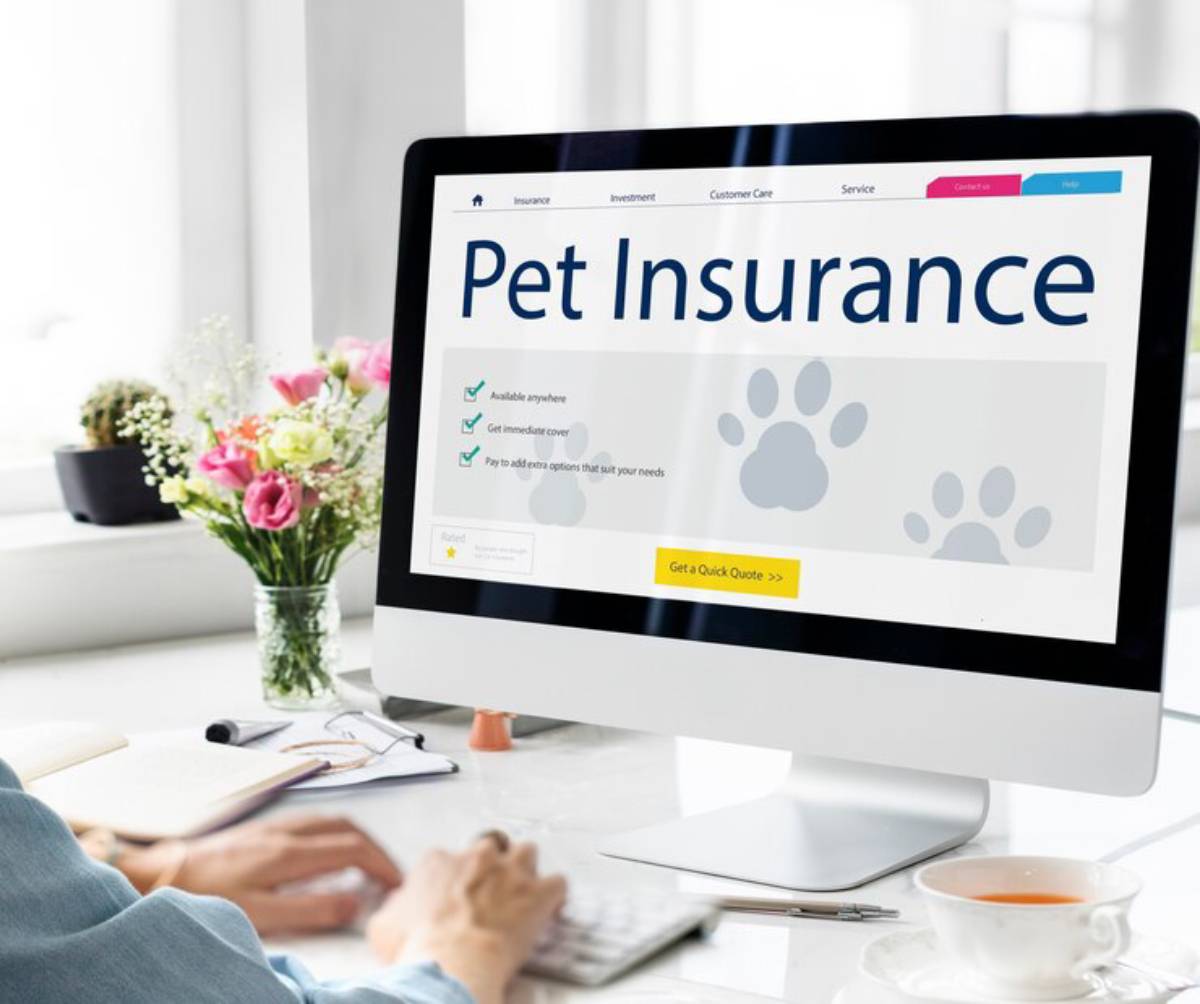
Choosing the Right Pet Insurance Plan: What to Consider
Our pets are more than companions—they’re family. We go to great lengths to ensure their happiness and well-being, from quality food to cosy beds and regular vet visits. But what happens when the unexpected strikes? Whether it’s an accident, sudden illness, or long-term condition, veterinary bills can rise quickly—and that’s where pet insurance comes in.
A well-chosen plan provides peace of mind and financial support when you need it most. But with so many providers and policies out there, pet insurance selection can feel overwhelming. How do you know which one is right for your furry friend?
In this guide, we’ll break down the essentials of comparing pet insurance, what to watch out for in the small print, and how to choose the best pet insurance plans for your budget and your pet’s specific needs.
Why Pet Insurance Matters
The Reality of Vet Bills
Vet care is advancing rapidly, and with it, the cost of treatments. Here are a few examples:
- Emergency surgery: £800–£3,000
- Cancer treatments: £1,500–£6,000
- Ongoing conditions like diabetes: £50–£150/month
Without insurance, these costs fall entirely on the pet owner. Having coverage ensures that you never have to choose between your pet’s health and your finances.
Peace of Mind for Life’s What-Ifs
Accidents and illnesses often strike without warning. Pet insurance provides a safety net that allows you to say “yes” to treatments that could save your pet’s life or greatly improve their quality of life.
Key Factors to Consider in Pet Insurance Selection
1. Type of Coverage
Pet insurance plans vary in what they cover. Common types include:
- Accident-only plans: Cover emergencies like broken bones or poisoning, but not illnesses.
- Time-limited cover: Pays for conditions for up to 12 months after diagnosis.
- Maximum benefit policies: Cover each condition up to a set limit, with no time restriction.
- Lifetime policies: Renew annual coverage for ongoing conditions—ideal for chronic issues like arthritis or allergies.
For comprehensive protection, lifetime cover is generally considered one of the best pet insurance plans.

2. Inclusions and Exclusions
Always read the policy details carefully. Typical exclusions include:
- Pre-existing conditions
- Routine care (vaccinations, flea/worm treatments)
- Pregnancy and Birth
- Cosmetic or elective procedures
- Dental cover (often an optional add-on)
Make sure the policy suits your pet’s age, breed, and known health risks.
3. Excess and Reimbursement
- Excess: The amount you pay before insurance kicks in (e.g., £100 per claim).
- Reimbursement level: The percentage of vet costs the insurer covers after excess—usually 70%–100%.
Opt for a balance that suits your budget. Higher excess often reduces monthly premiums but increases out-of-pocket costs.
Comparing Pet Insurance: What to Look For
When comparing pet insurance providers, don’t just focus on price. Evaluate the following:
1. Monthly Premiums vs Coverage
- A cheap plan may come with limited coverage or high excesses.
- More expensive plans often offer better reimbursement, dental cover, or holistic treatments.

2. Annual and Per-Condition Limits
- Check the maximum payout per year or per condition.
- Some plans cap lifetime payments for chronic issues—which may not work for pets with long-term needs.
3. Claim Process and Reputation
- Read reviews and testimonials about claim ease and customer service.
- Ask questions: Can you claim directly through your vet? Is online claim filing available?
4. Waiting Periods
- Most insurers have a waiting period (usually 14 days for illnesses, 48 hours for accidents).
- Make sure you know when coverage actually begins after enrolment.
5. Age and Breed Restrictions
- Some insurers won’t accept pets over a certain age for new policies.
- Breed-specific exclusions can apply, especially for known hereditary conditions (e.g., hip dysplasia in large breeds).
Tailoring the Best Pet Insurance Plans to Your Needs
Consider Your Pet’s Lifestyle
- Indoor cats may face fewer accident risks but may still need illness coverage.
- Active dogs might benefit from accident-heavy plans or coverage for ligament issues.
- Senior pets may need robust lifetime coverage and support for arthritis, kidney disease, or dental conditions.
Match the Plan to Your Budget
Work out how much you can afford monthly, but also consider:
- Could you cover an unexpected £1,500 bill on your own?
- Would a slightly higher premium now reduce stress later?
Choosing a policy is about value, not just cost.
Questions to Ask Before You Sign Up
To ensure you make the right decision, ask your insurer the following:
- What’s covered—and what isn’t?
- Get a clear understanding of exclusions and optional extras.
- What are the claim procedures?
- Can you claim online? How quickly are claims processed?
- Will premiums increase each year?
- Understand how renewals and premium changes are calculated.
- What happens if I switch providers later?
- Some providers won’t cover conditions diagnosed under another policy.
- Is dental care included?
- Dental issues are common, but often only covered after a clean bill of oral health.
Having these answers will give you confidence in your decision and avoid nasty surprises later.
Making an Informed, Loving Choice
Choosing the right pet insurance isn’t just a financial decision—it’s an act of care and forward-thinking. As your pet’s protector, you’re preparing not just for today’s cuddles, but for tomorrow’s “what ifs.”
By taking time to understand the types of cover, comparing providers thoughtfully, and choosing a plan that suits your pet’s needs and your financial comfort, you’re laying the groundwork for a lifetime of shared joy and security.
Take action today: Review your options, compare quotes, and ask the right questions. The best policy isn’t the cheapest—it’s the one that gives you peace of mind when your pet needs it most.


